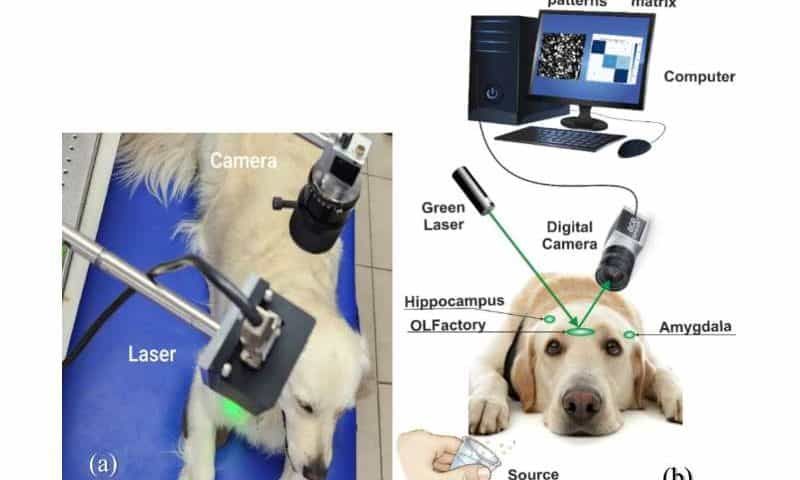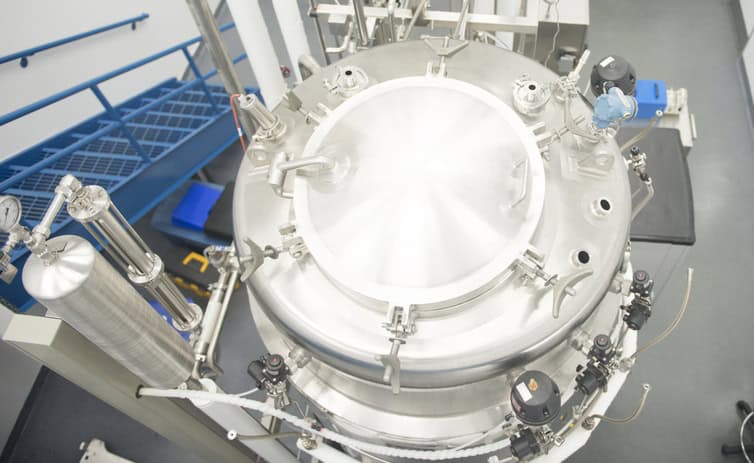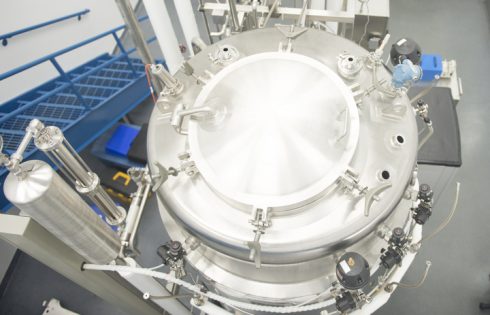Roche Ups ADC Bet With $1B in Biobucks for Oxford BioTherapeutics

Roche’s up to $1 billion investment will provide access to Oxford BioTherapeutics’ antibody-drug conjugate platform for undisclosed cancer targets.
Roche has inked an immuno-oncology partnership with U.K.-based Oxford BioTherapeutics with an eye toward developing best-in-class antibody-based treatments for cancer.
The pharma will pay $36 million upfront and has promised future milestone payments that could potentially go beyond $1 billion, according to a Wednesday announcement. Oxford will also be eligible for royalties on net sales of products that arise from the partnership.
In return, Roche will gain access to Oxford’s OGAP-Verify platform, a proprietary database on membrane protein abundance, with around 7,000 cataloged proteins across solid and hematological cancers and healthy tissues. The library is used to identify cancer targets that Oxford says would have otherwise been missed, as well as to predict a drug candidate’s potential efficacy and toxicity.
The partners will leverage the OGAP-Verify technology to discover and validate potential cancer targets, according to the agreement. Roche will be responsible for further development, as well as regulatory and commercialization activities, for any program that it chooses to take forward. The partners have yet to disclose what their priority diseases are, only revealing in the press announcement that they are going after “multiple selected novel oncology indications.”
With Wednesday’s Oxford partnership, Roche dives deeper into the ADC space. The pharma has two ADCs on the market: Polivy, indicated for specific types of lymphoma, and Kadcyla for the treatment of certain breast cancers.
Roche opened 2025 with an up to $1 billion licensing deal with Innovent, gaining access to the Chinese biotech’s anti-DLL3 ADC, which is in a Phase I study for small cell lung cancer.
A year earlier, in January 2024, Roche likewise turned to China for a cancer ADC, this time from Suzhou-headquartered MediLink Therapeutics. For $50 million upfront and the promise of around $1 billion in future payments, Roche secured rights to YL211, a c-MET-targeting ADC for solid tumors.
The deal with Roche adds to Oxford’s roster of powerhouse partners. The U.K. biotech is also collaborating with Boehringer Ingelheim, which in January this year exercised its option for a fourth novel target in cancer. Oxford also has partnership programs with Agenus and Genmab.




























